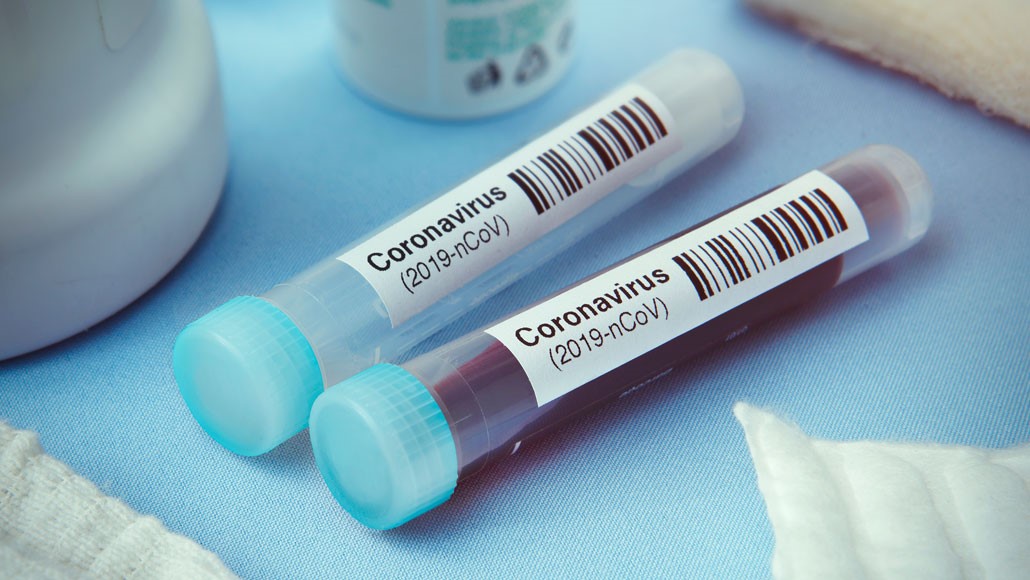SARS-CoV-2 can enter the host cells through an interaction between the spike glycoprotein and the angiotensin-converting enzyme 2 (ACE2) receptor. SARS-CoV-2 was first identified as the etiologic agent of the novel pneumonia COVID-19, in late 2019. Comparatively, in a short time, SARS-CoV-2 has achieved pandemic status, causing more than 13.3 million cases, leading to more than 600,000 deaths.
Nanoantibodies are the single-domain antibodies that are composed of the antigen-binding domain of a camelid heavy-chain.
• Nanoantibodies are advantageous over conventional antibodies that include superior permeability through tissues, high affinity, access to buried epitopes, lower production costs, and higher stability.
• Nanoantibodies are beneficial for the engineering of antibody including humanization and drug conjugation.
• The unique physical properties and small size of nanoantibodies enable the use as the building blocks and generate multispecific, multivalent, and bi-paratopic constructs that can be linked to payloads or drug conjugates.
Several relevant studies have identified nanobodies, which is a miniature form of antibodies found in camelid species and can bind to SARS-CoV-2 Spike (S) protein and capable of neutralizing the virus in the infected cells. Scientists isolated some sets of promising, tiny antibodies against the novel coronavirus from a llama, some of which may be capable of preventing the infection.
Researchers have isolated a set of tiny antibodies, or “nanobodies”, against SARS-CoV-2 that were produced by a llama named Cormac. Preliminary results suggest that the nanobody appears to work equally well in either aerosol or liquid form, proving that it can remain effective after inhalation. The researchers from US said at least one of the nanobodies, named NIH-CoVnb-112, can prevent infections and can detect virus particles by holding the spike proteins of SARS-CoV-2, a cause for COVID-19.
Nanobody (a special type of antibody) naturally produced by the immune systems of camelids (a group of animals including camels, llamas, and alpacas). On average, these proteins are about a tenth of the weight of several human antibodies. Nanobodies which are isolated in the labs are essentially free-floating forms of the tips of arms of heavy chain proteins. The research suggests that on average, the nanoantibodies are about tenth the weight of most human antibodies that form the backbone of a typical Y-shaped human IgG antibody. These play a critical role in the immune system's defenses by recognizing proteins on viruses, bacteria, and other invaders, also known as antigens.
Use of Miniantibodies?
The linking of multiple nanoantibodies into a single antibody aggregate with multiple valencies and specificities is a simple process that can drastically increase drug efficacy by:
• Increasing the stability and affinity of the biologic drug.
• It is also done by endowing the molecule with a unique target specificity.
Working Against SARS-Cov-2
The SARS-CoV-2 spike protein act like an entrance; it provides the pathway to the infections, where it binds to angiotensin-converting enzyme 2 (ACE2) receptor, found on the surface of some cells. Methods have been developed that can isolate nanobodies that are capable of blocking infections by covering the teeth of the spike protein that binds to and can unlock the ACE2 receptor. Unlike most regular antibodies, the exciting thing about nanobodies is, they can be aerosolized and inhaled to coat the lungs and airways.
Llamas, camels, and alpacas can naturally produce certain quantities of small antibodies with a simple structure, which can be turned into nanobodies. Scientists engineered the new nanobodies using a collection of antibodies taken from llama blood cells. Researchers revealed that the nanobodies can bind tightly to the spike protein of the SARS-CoV-2 virus, blocking the pathway of human cells and preventing infections. Antibodies derived from llamas have been shown to neutralize the SARS-CoV-2 virus in lab tests. The “nano” comes from their small sizes; they eventually can be developed as a treatment for patients with severe COVID-19 complications.
Conclusion
Ongoing investigations on the COVID-19 vaccine are being carried out. However, the transfusion of critically ill patients with serum from convalesced individuals containing human antibodies against the virus has been dramatically improved the clinical outcome. The nanobodies have the potential to use in a similar way to convalescent serum that helps effective stopping progression of the virus in patients who are ill. The research revealed that if the combination of the nanoantibodies with a human antibody shows an even more powerful effect than the nanoantibodies working alone. The combination formula helps prevent the viral infection effectively. The nanobodies also act as a powerful diagnostic tool.

